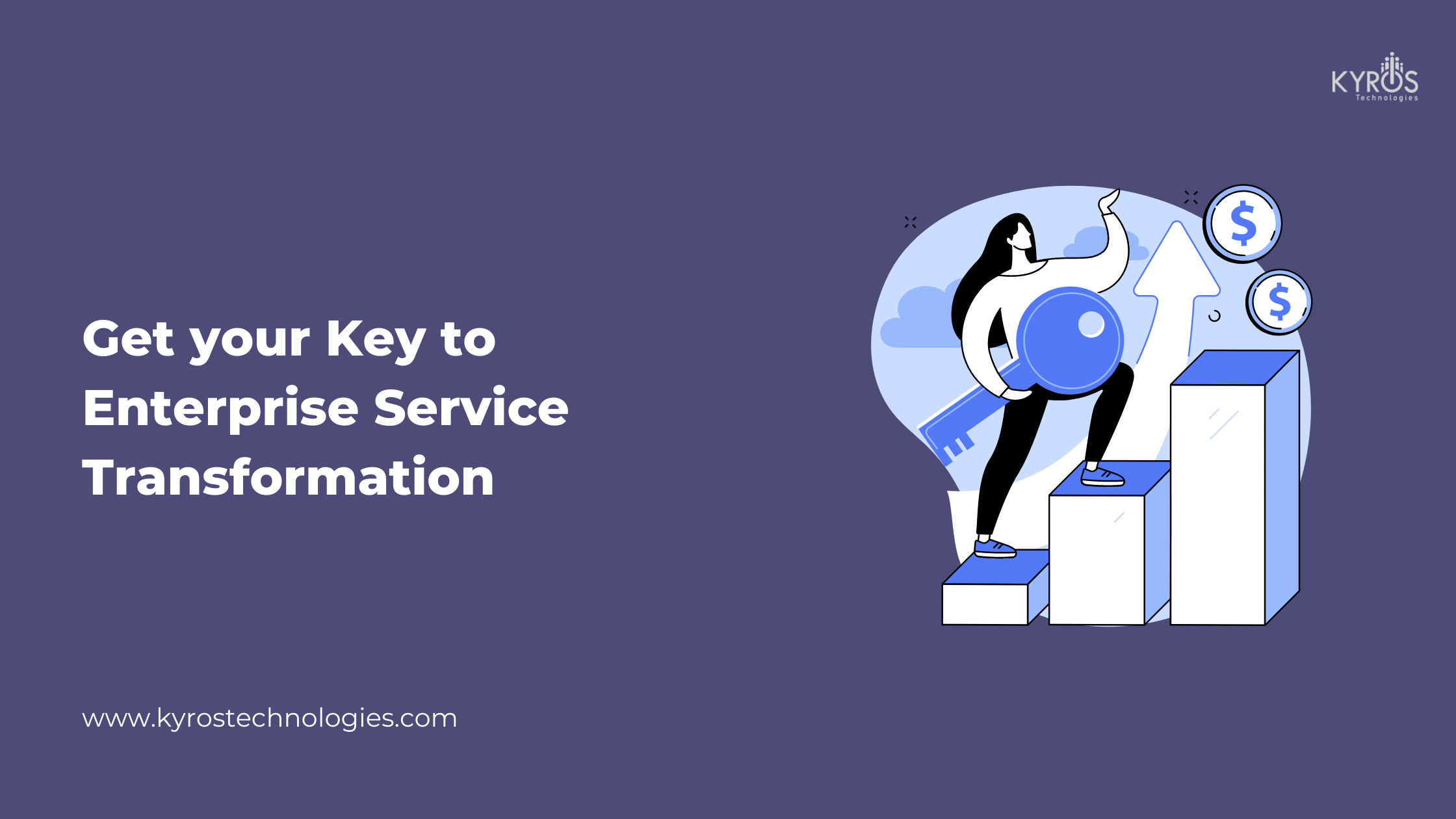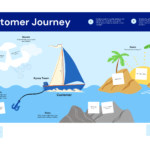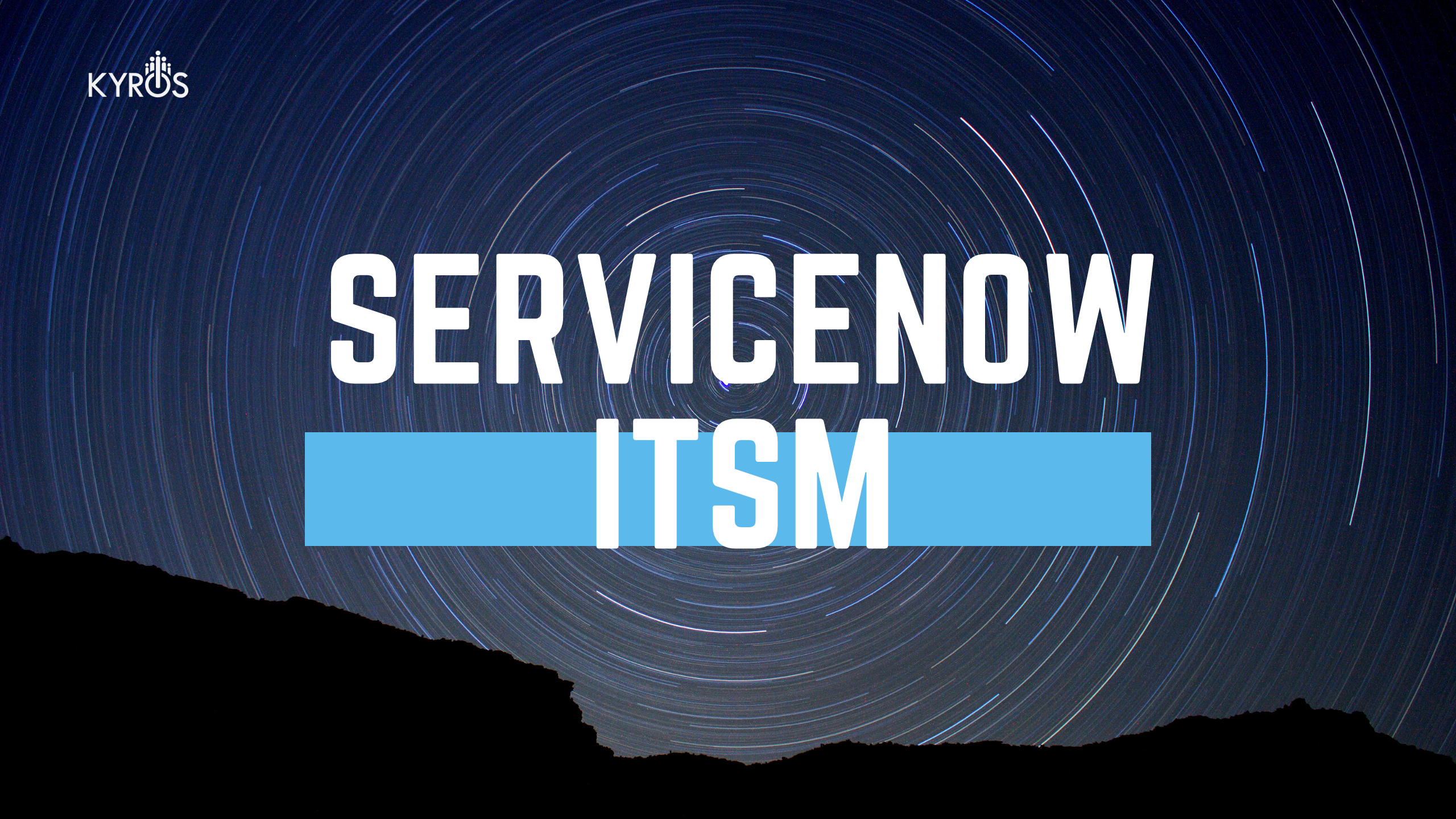The Process of Enterprise Service Transformation
Enterprise service transformation indicates an intrinsic change in business operations. This could range from a transformative change in the way a business manufactures and sells its products, how its teams are structured, or even digital technology transformation.
Enterprise service management facilitates a well-charted strategy to usher in changes to the organization. Enterprise service management can be deployed in varied departments, from finance and marketing to HR and legal services. It involves the standardization of service delivery by avoiding manual errors, automating service functions, providing superior services, and enhancing the customer experience. It encompasses adding machine learning, AI, and predictive capabilities. By integrating technology and business, the organization can develop fresh insights and explore new opportunities.
While the process of transformation is not easy, it is inevitable to remain competitive in the changing business environment. Depending on the kind of transformation adopted, either certain departments and processes or the entire organization will get overhauled. The COVID-19 pandemic transformed the working environment by ushering in the work-from-home concept.
Enterprise Digital Strategy
- Process transformation involves the adoption of automation or digital technology to streamline business operations. This could include the implementation of automated data entry, robotics, or Artificial Intelligence.
- Often companies transform the way they conduct business. They reinvent their business model by harnessing technology.
- Domain transformation involves the process of gaining a foothold in another industry. Companies often achieve this by expanding their product offerings.
Some of the cornerstones of enterprise digital strategy include innovation, collaboration, communication, and infrastructural and operational change. It involves the realignment of processes, business models, and technology. A well-planned digital transformation strategy should harness technology to enhance business operations, improve ROI, and enhance customer experiences.
Several organizations have adopted and moved to different ways of doing business, marketing their products, and working internally with good results. The process of digital transformation helps in keeping pace with the ever-changing market conditions. Companies like Microsoft and Adobe which sold packaged software applications moved to digital subscription mode. These facilitated users with quick installations that could be taken as long as needed. Banks have moved from in-person banking to ATMs and mobile banking services. Retail businesses are also harnessing technology to enable digital transformation to enhance the customer buying experience. Walmart has not only gone online for ordering and delivery but also incorporated voice ordering and visual delivery services.






